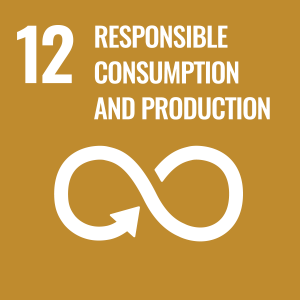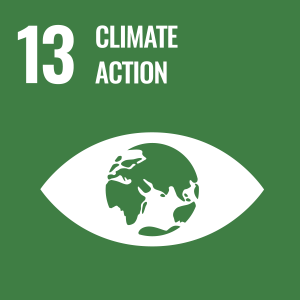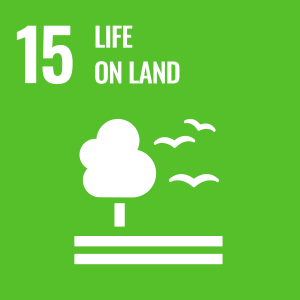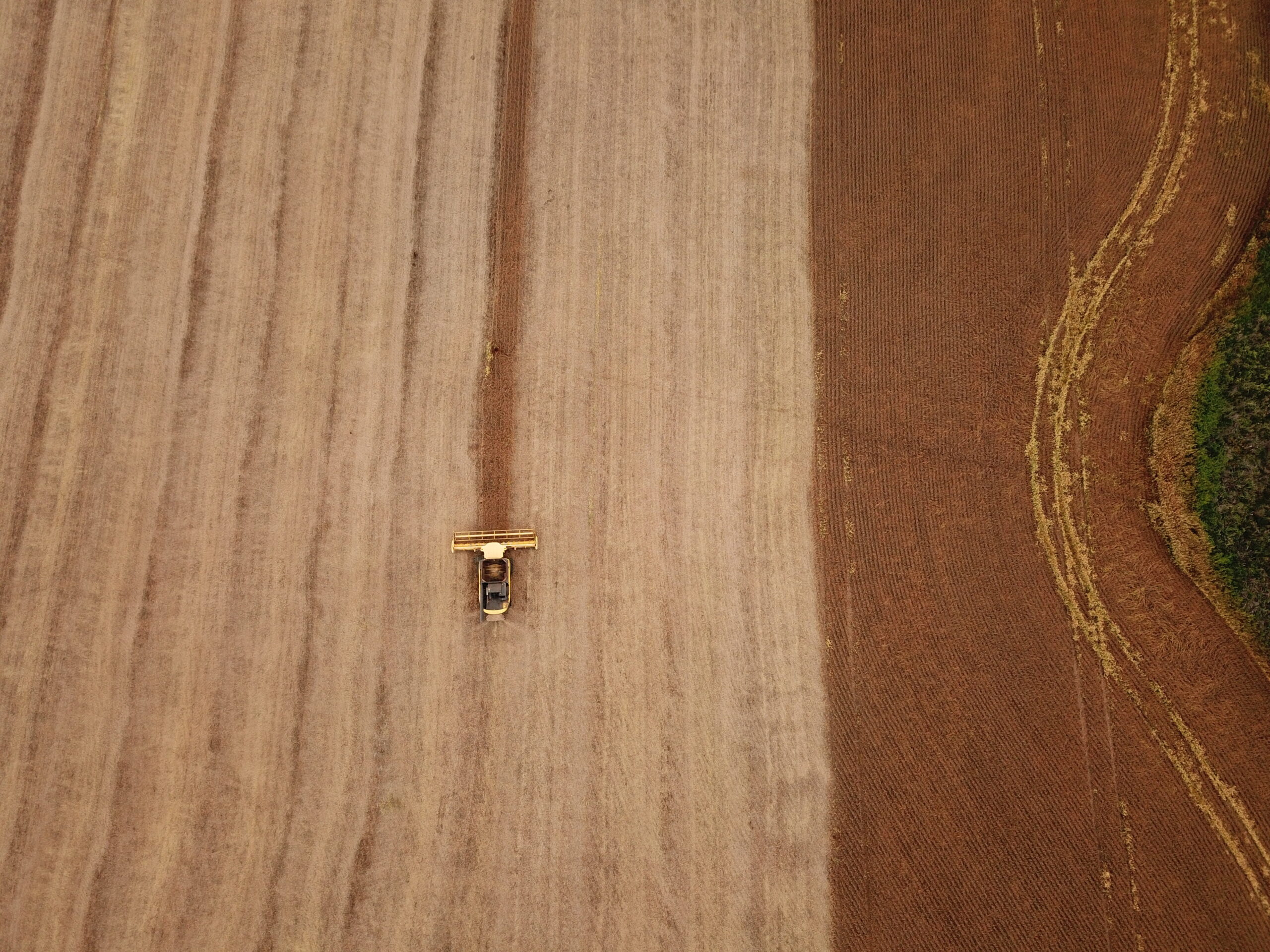About the project
The development of a production map of soy grown in the Brazilian Cerrado region showing deforestation and conversion risk factors.
Funders
- Waterloo Foundation

SojaCheck is a new free and simple to use map-based tool designed to meet the complex due diligence requirements of soy importation from Brazil. The system checks soy farms in the Cerrado region of Brazil to assess if soy has been produced without deforestation or conversion of native vegetation, as well as assessing Brazilian Forest Code related indicators and other compliance checks, enabling informed decision making related to commodity sourcing and supply chains.
Who the tool is for:
- Soy producers (in Brazil) who want to show buyers that they have not cleared native vegetation after a cut-off date of 31 December 2020
- Soy buyers (worldwide) who want to check that producers have not cleared native vegetation after a cut-off date of 31 December 2020
- Consumer goods companies (worldwide) that want to verify that they soy they are using, or that is embedded in products they are purchasing, is deforestation and conversion free (by asking their supplier to provide verification through the tool)
- Civil society, government authorities, and other users interested in farm level deforestation and conversion in the Cerrado
The project is funded by the Waterloo Foundation.

Potential Impact
Deforestation free soy
Over 50 million tonnes soy is produced in the Brazilian Cerrado region each year
Conservation
Farmers maintaining legal reserves of native vegetation and not clearing any vegetation on their land beyond these requirements
Compliance
Importers are compliant with legislation
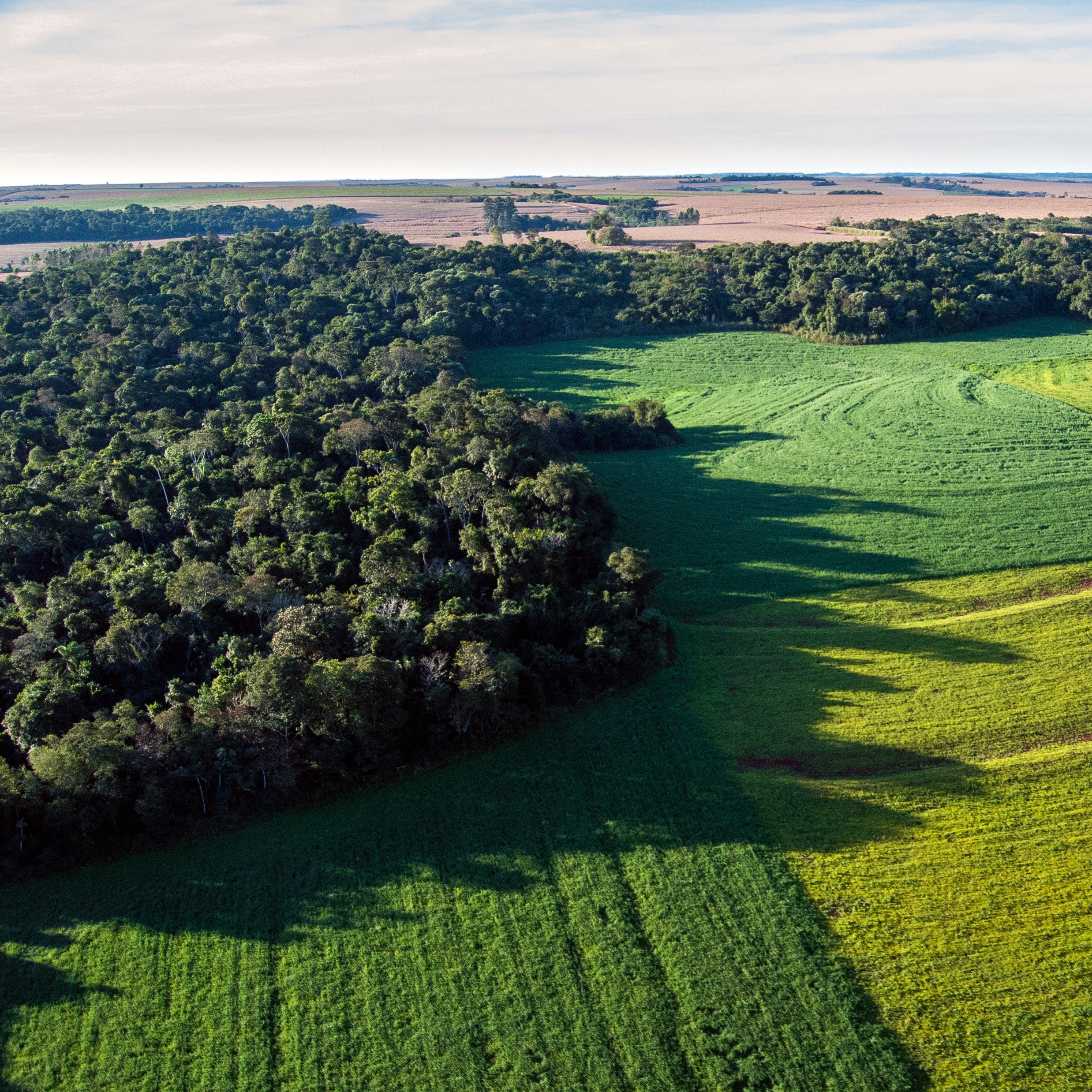
Soy-related deforestation in Brazil
Brazil is the leading soy producing country in the world, producing 133 million tonnes of soy in 2020. Brazil is also the leading exporter of soy, exporting 99.5 million tonnes of soy in 2018 which accounted for around 42% of all soy exports globally. Since 2000, the area of soy planted in Brazil has doubled, to cover an area of 34 Mha.
Concern about this deforestation led to the 2006 Amazon Soy Moratorium – a commitment by traders to avoid the purchase of soy planted on recently deforested land in the Amazon. Whilst the Moratorium has significantly reduced deforestation in the Amazon, there is strong evidence that it also resulted in deforestation activities being shifted to the Cerrado. In the Cerrado’s Matopiba region, over the last decade 0.5–0.8 Mha of soy each year has been planted on recently converted land. Ongoing clearing may reduce precipitation and increase local temperatures, putting remaining vegetation, livelihoods and continued agricultural production in this region at risk.

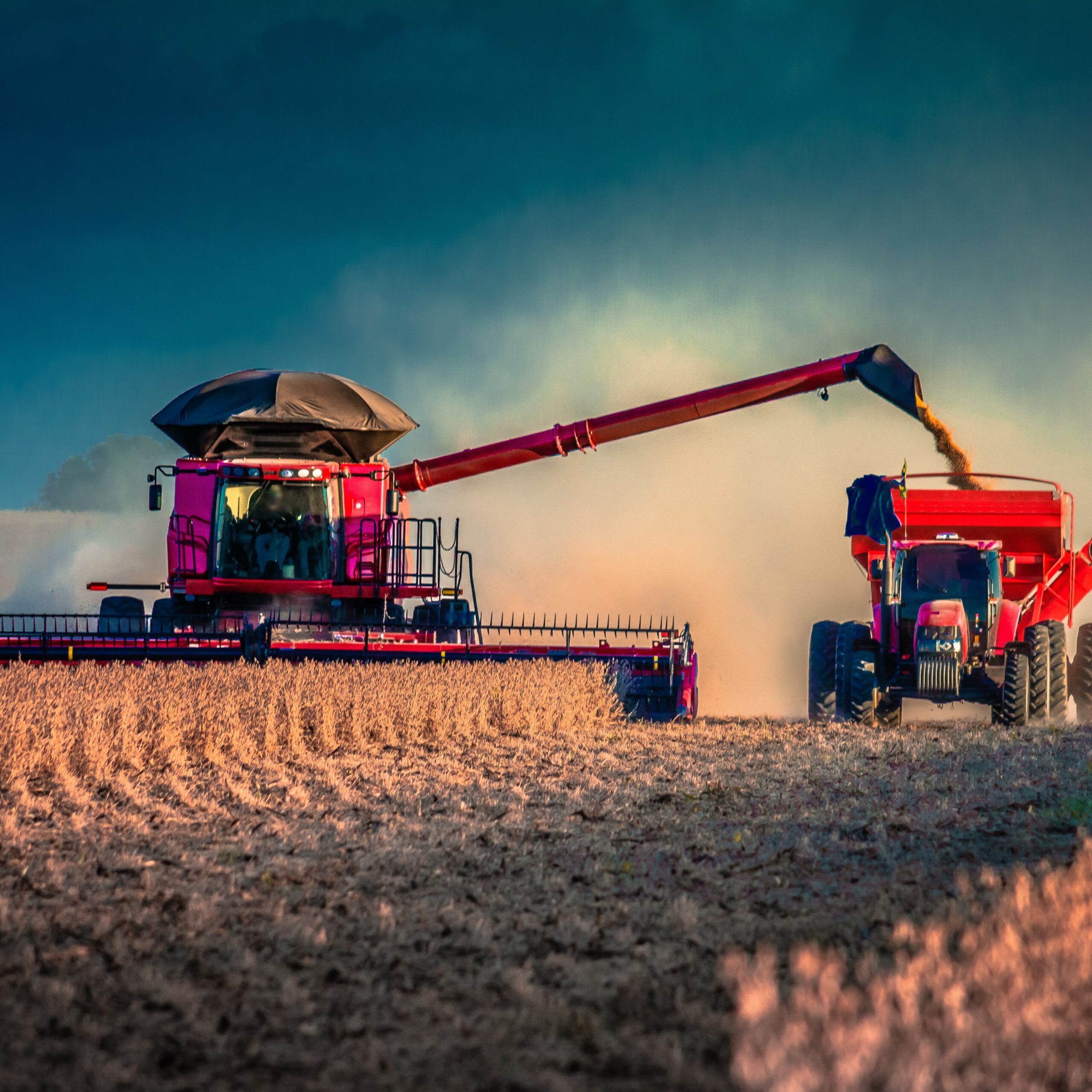
Compliance with legislation
In 2023 a new EU Deforestation Regulation came into force. The new law requires companies to carry out due diligence checks and not place forest-risk commodities such as soy, beef and palm oil on the EU market if they have been produced on land that has been subject to deforestation after 31 December 2020.
Resources
Two new factsheets were developed to help soy buyers and stakeholders better understand responsible soy production in Brazil.
These resources provide key insights into the soy industry and the Brazilian Forest Code, highlighting both the economic significance of soy and the environmental challenges linked to deforestation. By downloading these factsheets, you can gain valuable information on navigating sustainability risks and ensuring compliance with Brazilian laws.
Contact the Project Manager
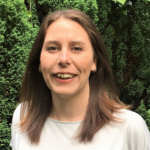
GRACE BLACKHAM
Director of Land Use & Operations (UK)
SDG Alignment
